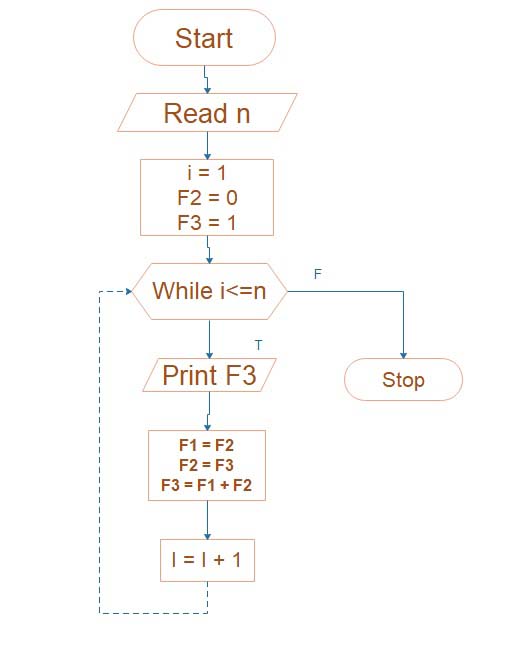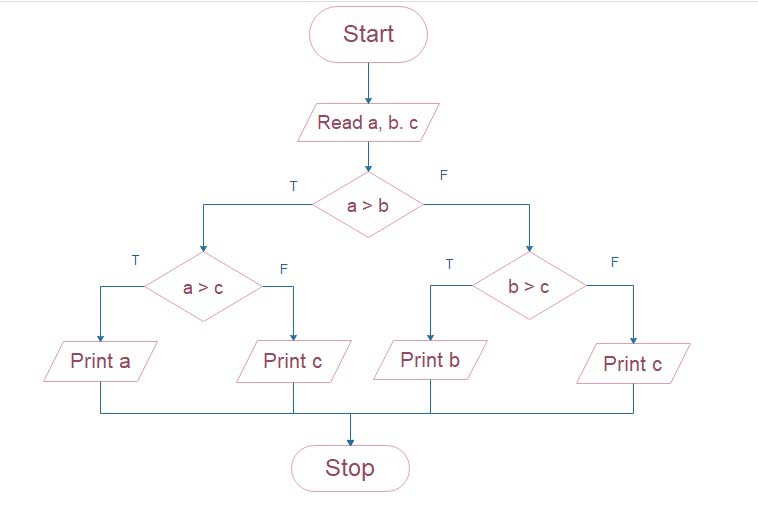Paint | Characteristics of an ideal paint
Paint
- Paint is compared on timber, metal, brick and other materials in the form of a liquid which, upon drying, forms a thin film on each painted surface.
- Paint is composed of two main components i.e. pigment also organic binder.
- The pigment is the solid ingredient of the paint and is used in the form of fine powder.
- The organic binder is the liquid part of the paint and it is called a vehicle.
- The vehicle varies with the type of paint.

An object of paint
- It protects wood from decaying
- It prevents the corrosion of metal
- It protects the surface from the harmful effects of atmospheric agencies
- It gives a decorative and attractive appearance that the surface
- It makes the surface safe & clean
Characteristics of an Ideal paint
- It should be cheap & economical
- It should stick well to the surface and should be able to seal the porous substrate.
- Its consistency should provide easy workability.
- Each thickness of the paint layer should be adequate during good protection including decoration of the surface.
- The paint film should dry rapidly.
- These dried paint films should be ready to withstand the adverse weather effect for a long time without spending shining.
- It should offer resistance to failure by checking, cracking also flaking separately within thin pieces.
- It should possess good moisture resistance.
- Its colour should not fade beyond time.
Constituents about Paint Oil Paint
Oil paint is commonly made up of 6 principal constituents
- A base
- An inert filler or extender
- Colouring pigment
- A vehicle
- A solvent or thinner
- A drier

Base
- It is generally, metallic oxide and is used in the form of powder.
- It is a pigment that forms the chief ingredient of paint.
- The most important purpose of adding a base in paint is to make an opaque(non-transparent) coating to hide the surface to be painted.
- It provides resistance to abrasion and prevents shrinkage cracks likely to be formed in the film, during drying.
- White lead, red lead, zinc oxide, iron oxide, and titanium whites are the bases commonly used.
Inert filler or extender
- It is a cheap pigment added to the paint to reduce its cost.
- It modifies the weight of the paint and makes it more durable.
- The commonly used inert fillers or extenders are Barytes (Barium sulfate), lithopone, silica, silicate of magnesia or alumina, whiting, gypsum, charcoal, etc.
Colouring pigments
- It is a white or coloured pigment, mixed in the paint to get the desired colour of the paint.
Vehicle
- It is a liquid that acts as a binder for the various pigments, bases, extenders and colouring pigments.
- The vehicle makes the paint in a state of fluid and helps to spread its ingredients uniformly over the surface to the painted
- Here forms as elastic, resistant to abrasion including a reasonably impermeable film about drying
- Refined linseed oil is a commonly used vehicle in oil paints.
- Tung, perilla, soybean, fish, sunflower, and tobacco seeds are also being used as vehicles in various combinations with linseed oil or without linseed oil
Solvent or thinner
- That is a liquid that thins the consistency of the paint including evaporation after some paint film has been applied
- It imparts good properties such as brush ability, smoothness, and flow
- Turpentine, pure oils, petroleum spirit, and highly solvent Naptha are commonly used as solvent or thinner
Drier
- It contains metallic compounds and is used in small quantities for accelerating the drying of the paint film.
- They act as catalysts for the oxidation and polymerization of the vehicle used in the paint.
- Litharge, lead acetate, manganese dioxide, including cobalt are the driers commonly practised.
- Not more than 10% (by volume) of the drier should be used in oil paint.
- If used in excess, they tend to destroy the elasticity of the paint which finally leads to its flaking.
Types of Paints
The various types of paints
- Aluminium paints
- Anti-corrosive paints
- Asbestos paints
- Bituminous paints
- Bronze paints
- Cellulose paints
- Casein paints
- Cement-based paints
- Enamel paints
- Oil paints
- Rubber base paints
Classification of paints
Based on binders
- Oil paints
- Paint based on non-oil resins
- Waterbased paint
- Miscellaneous paint
Based unused
- Primer(undercoat & finishing coat)
- Acid& alkali resistant paints
- Fire-resistance paints
- Fungicidalpaints













